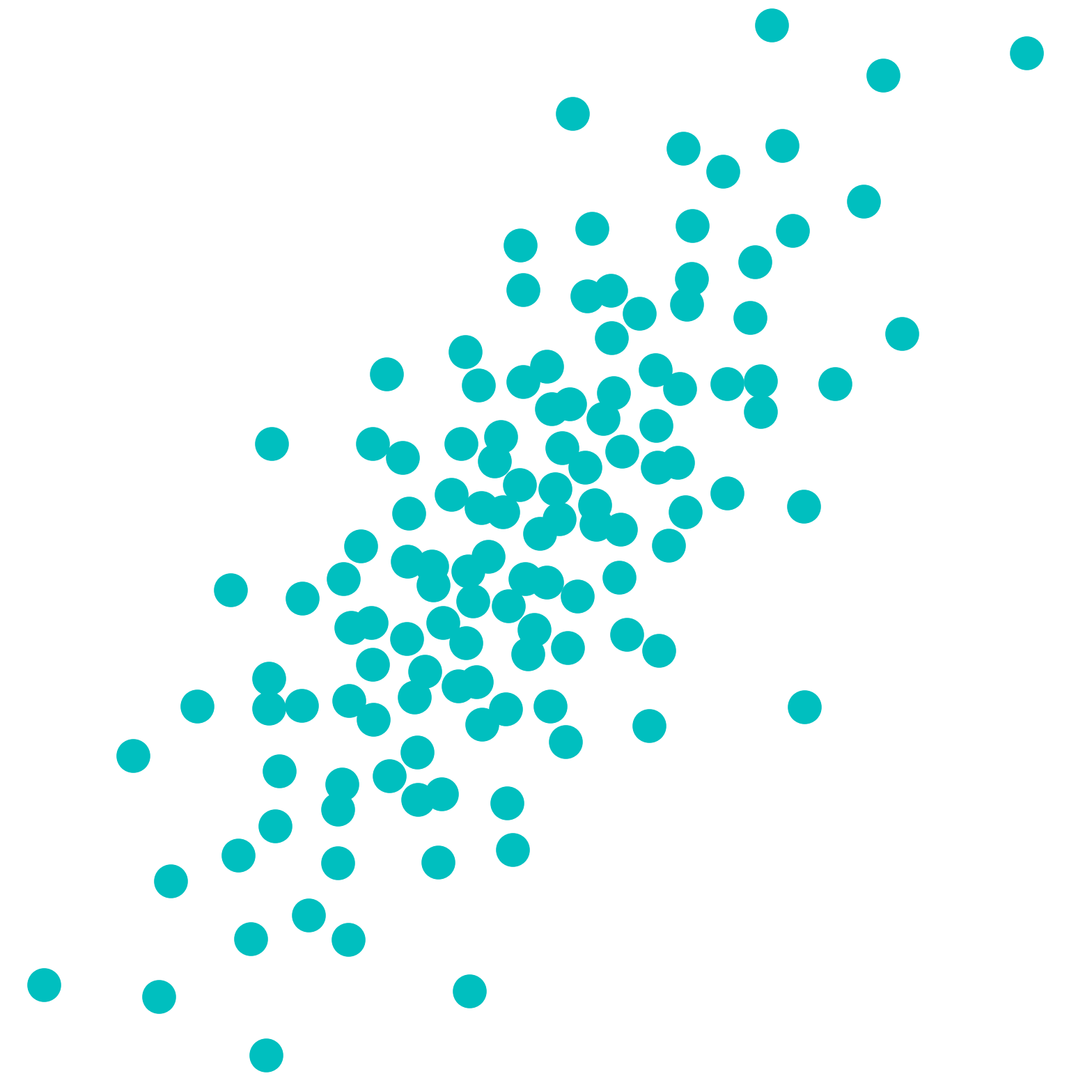Assigment 3
Due: Friday, October 17, 2025
- Consider a Starbucks with one line.
- The time until the customer arrives is an exponential random variable with a mean of $t_a$ minutes. When a customer arrives, they join the queue unless the queue is empty, in which case they go to the cashier.
- The time for the customer to receive an order once they reach the cashier has a (isosceles) triangular density with minimum $t_{\min}$ minutes and maximum $t_{\max}$ minutes.
- The arrival times and service times for all customers are independent.
In a Jupyter notebook or equivalent, create a Monte Carlo simulation for this situation, which runs for $N$ customers.
-
Setting $t_{a}=5$,$t_{\min}=1$, $t_{\max}=5$, and $N=200$, find the probability that the queue reaches $10$ customers or more.
-
How small must $t_{\max}$ be to make the probability of a $10$-or-more-person queue less than $10\%$? If this is impossible, adjust $t_a$.
-
Consider two IID sets of points, ${\lbrace \boldsymbol{X}_i \rbrace}_{i=0}^{m-1}$ and ${\lbrace \boldsymbol{Z}_i \rbrace}_{i=0}^{n-1}$, andd assume that $m < n$.
-
Compute the expected squared discrepancy between these two sets of points for a general kernel, $K$, assuming that
-
The two sets are independent.
-
$\boldsymbol{X}_i = \boldsymbol{Z_i}$ for $i=0, \ldots, m-1$ and $m < n$.
-
-
What is the rate at which the expected squared discrepancy tends to zero if $m$ and $n$ both tend to infinity with $r = m/n < 1$ fixed?
-
 MATH 565 Monte Carlo Methods, Fall 2025
MATH 565 Monte Carlo Methods, Fall 2025